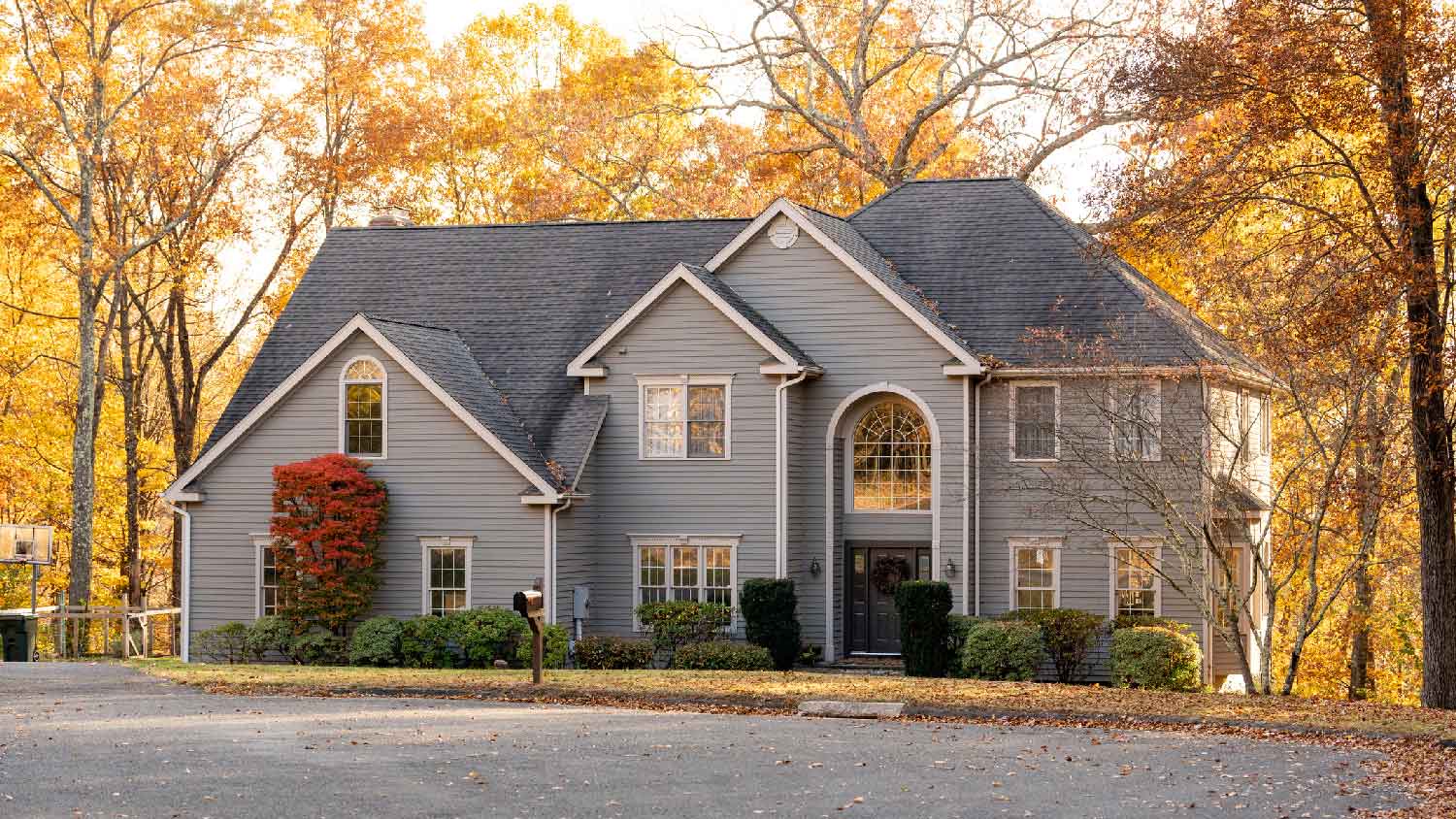What Is a Slate Roof? A Homeowner’s Guide
Add longevity and a natural look to your home with a slate roof


Slate roof tiles come from metamorphic rock.
Homeowners enjoy durability, including fireproof tiles.
Options include natural slate, synthetic, metal, concrete, and bituminous tiles.
Slate roof installation and maintenance should only be done by a professional.
A slate roof is a significant investment in your home, but it can last as long as 100 years with proper maintenance. If a natural slate roof is not in your budget or you want something a little more flexible, synthetic slate roofs offer great alternatives.
What Is a Slate Roof?
Slate is made from metamorphic rock. It is one of the earliest roofing materials and is made from clay, minerals, and volcanic ash transformed by the Earth’s heat and pressure. As the layers form, they can be split into thin sheets for roofing tiles.
Slate roofing tiles come in various styles and colors. They do not require much maintenance and are long-lasting, with some roofs lasting as long as 100 years. Slate roofs can withstand heavy rain and snow and are fireproof, providing your home with a beautiful sound structure overhead.
Also available are synthetic alternatives to slate, made from a range of different materials, which we will cover below. These allow you to mimic almost any roofing material and are more affordable than natural slate.
Natural Slate Roof vs. Synthetic Slate Roof
| Natural Slate | Synthetic Slate |
|---|---|
| Higher cost | More affordable |
| Consists of natural materials | Consists of natural and human-made materials |
| May crack under extreme temperature changes | Can withstand extreme temperature changes |
| Heavy, requires support | Lighter material, does not require support |
| Only available in natural colors | Has more color options |
As you consider the roof replacement cost for your home, you might balk at the cost of natural slate roofs ($10 to $30 per square foot), but love their look and durability. Synthetic slate roofing offers a much more affordable option at $5 per square foot with many benefits and a similar appearance. Here is how they compare.
Natural slate roofs are attractive, elegant, and historic. They are more prone to cracking under pressure from excessive temperature changes or heavy falling objects, whereas synthetic slate has materials added to it that resist damage from extreme temperature changes. Natural slate lasts a very long time.
Slate roofs are also heavy, requiring extra support. This increases the cost and labor required to install. Synthetic roofs are lighter in weight and do not require additional support, but they will not last as long. In addition, synthetic slate is available in almost any color or design, whereas slate is limited to its natural brown, gray, and black hues with hints of purple or blue.
Natural Slate Roof Installation: Professional Recommended
Slate roofs are beautiful and environmentally friendly, but they are best left for the professionals to install. Slate as a material is heavy and requires extra support in the attic. Improper installation could be detrimental to your home.
Contractors specializing in slate roof installation are not as common as traditional roofing materials, so it is important to shop around for a reputable slate roofing contractor near you.
Natural Slate Roof Maintenance
A natural slate roof is a significant financial investment in your home, so understanding slate roof maintenance tips to keep your roof in great shape is important.
Do a visual inspection of the roof annually (from the ground with binoculars), looking for cracked or damaged tiles.
Inspect the flashing near chimneys and dormers to look for damage.
Check the attic rafters several times a year for any signs of sagging, water spots, or other weak spots due to the slate roof’s weight.
Keep gutters and downspouts free from debris.
It is important never to walk on a natural slate roof yourself. While inspecting your roof from street level is a good start, it is an even better idea to pay a professional to inspect the roof closely and handle any maintenance to lengthen its life. Since roof repair costs are usually much higher than roof maintenance, paying for a professional inspection annually can benefit you.
Pros and Cons of Slate Roofs
Like any roofing material, natural slate roofs have pros and cons. Here is what to consider.
Pros
Made from a natural and beautiful material
Can last up to 100 years
Slate can sometimes be recycled by removing and reusing on other roofs
Can withstand most elements and is fireproof
Cons
Slate roofs are very heavy and require extra support
May require an engineer to determine if your home can withstand the weight
Can be brittle and buckle under the pressure of heavy falling objects
Only professionals should maintain or repair it
How Much Does a Natural Slate Roof Cost?
The average natural slate roof cost is $13,257, but it can range from $4,819 to $21,950. A major determining factor is the size. On average, expect to pay $1,000 to $3,000 per square, which is equal to 100 square feet.
Alternatives to Natural Slate Roofing
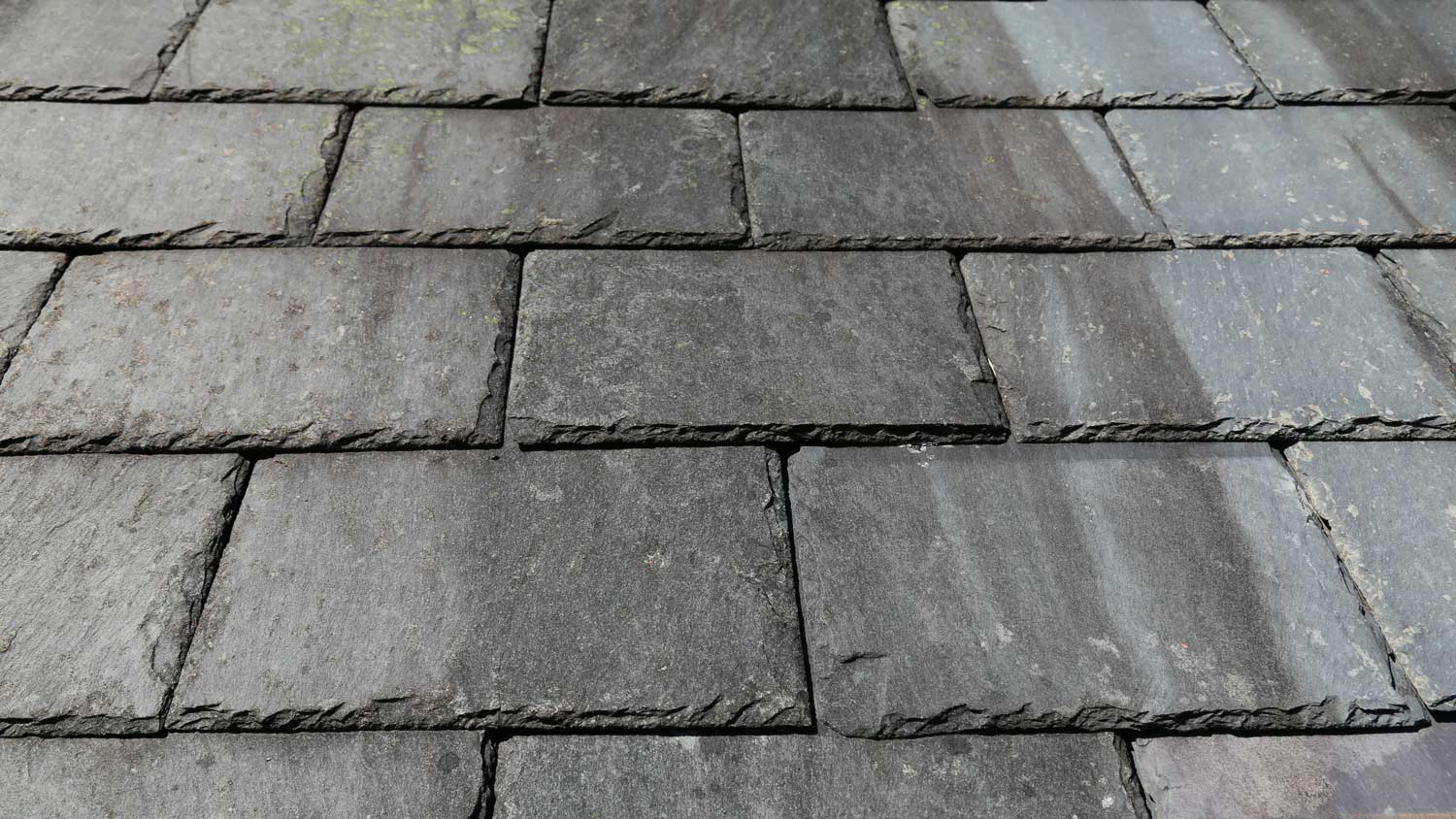
When comparing roof types, it is important to consider the different types of slate roofs available.

Natural Slate
Natural slate is the most expensive option when considering slate roofs, but also the longest lasting. It comes in many attractive textures and colors, including gray, black, brown, and hues of blue and purple. It can withstand most elements and last 50 to 100 years.
Concrete Slate
Concrete slate is a more affordable version of slate roofing. It is made from a combination of cement, water, sand, and oxide, and is stamped to give the visual appearance of slate. With professional installation, concrete slate can last up to 50 years and provide energy efficiency as it allows air circulation through the roof, reducing heat transfer.
Bituminous Slate
Bitumen is the same material used to make asphalt shingles; however, unlike asphalt shingles, bituminous slate roofs have a smooth appearance, giving the look of a slate roof without the expense. Bituminous slate does not withstand harsh winter weather or extreme heat, so the material should be used with caution.
Synthetic Composite Slate
Synthetic composite slate is another less expensive option for slate roofs. It is made from eco-friendly materials that are recyclable at the end of their lifespan. Some manufacturers inject petroleum-based materials into metal forms to mimic the natural slate appearance and others use recycled plastic, rubber, mineral dust, and cellulose fibers.
Synthetic composite slate is lighter-weight than traditional slate, eliminating the need for extra support. Like traditional slate, synthetic composite slate can last for up to 100 years.
Metal Slate
Metal slate is another cost-friendly slate lookalike roof option made from copper, zinc, and steel alloy. Metal slate roofing comes in sheets painted in granules meant to protect them from the elements. Most metal slates resist wind, fire, and moisture, and can last up to 70 years.
Is Slate Roofing Right for You?
Slate is a great investment in your home if you can afford it. With proper maintenance, you will not have to replace it while you live there; however, a synthetic slate roof may offer a more affordable option with the same beautiful look if natural slate is outside your budget.

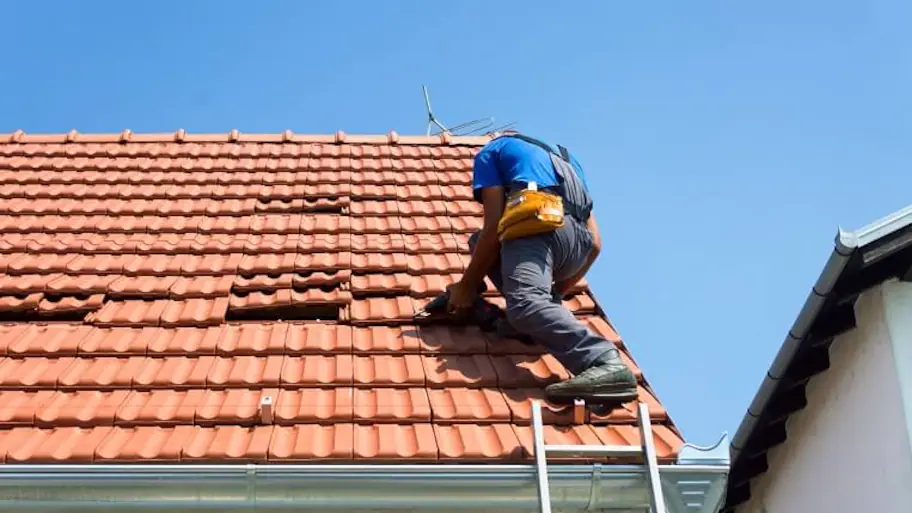

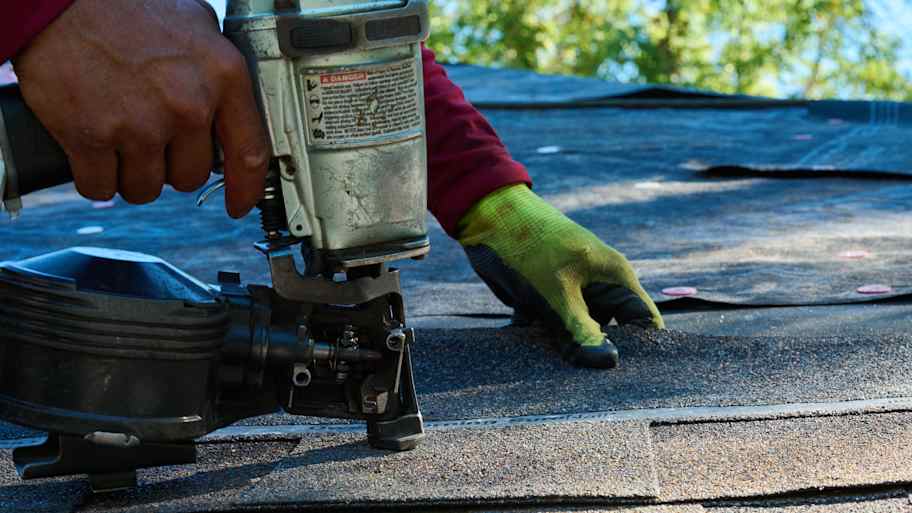
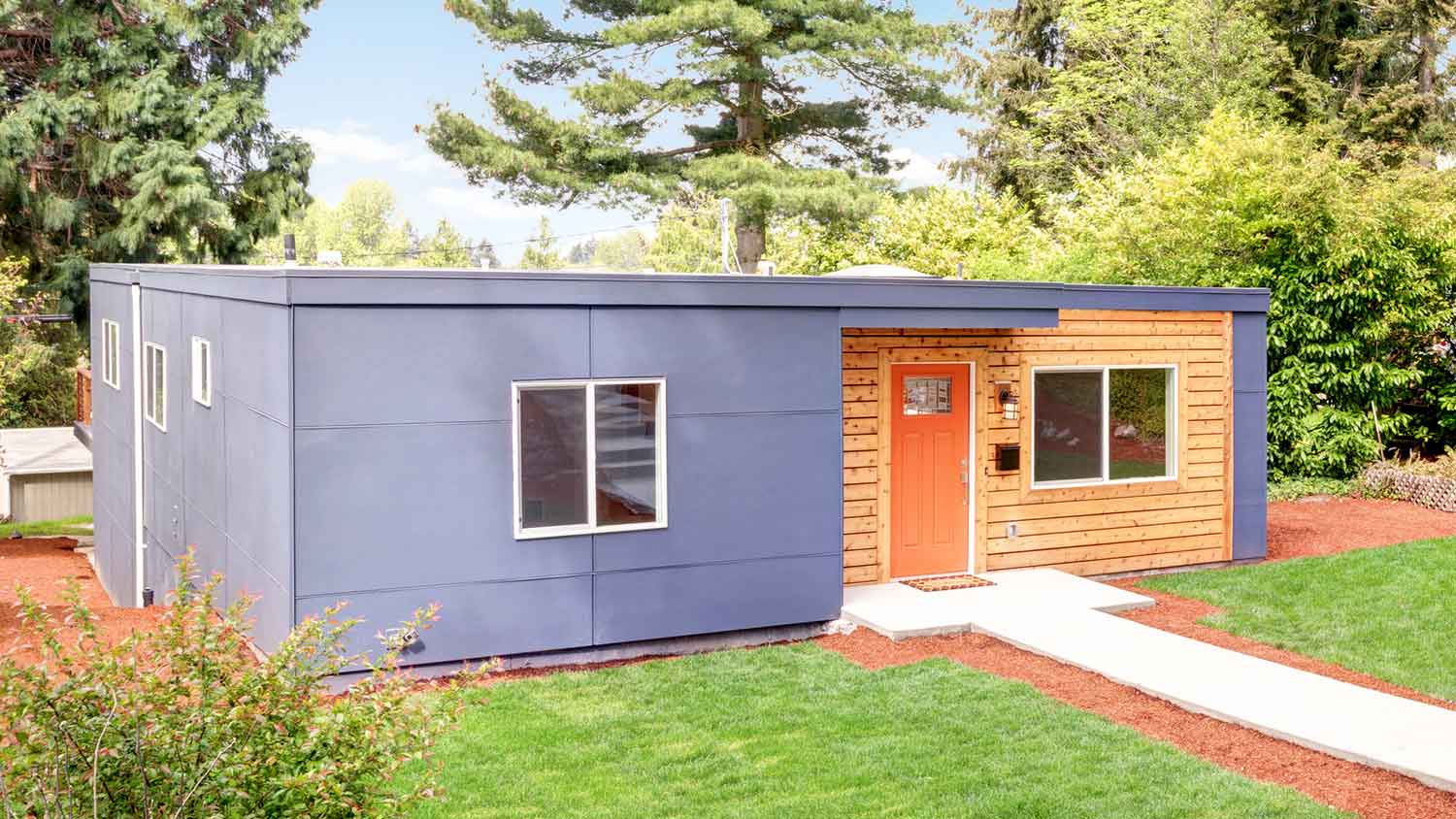
- Roofers
- Metal Roofing
- Roof Repair
- Roof Inspection
- Vinyl Siding Repair Contractors
- Flat Roofing Companies
- Commercial Roofing
- Emergency Roofing Companies
- Leaky Roof Repair
- Metal Roof Repair
- Business Roof Repair
- Flat Roof Repair
- Tile Roof Repair
- Slate Roofers
- Rubber Roofers
- Roofing & Siding
- Metal Roof Installation
- Affordable Roofing
- Roof Sealing
- Attic Ventilation Contractors
- Get Inspired With These 10 Ways to Use Slate Blue Paint in Your Home
- 13 Types of Roofing Materials and How to Choose the Right One
- 5 Top Tips to Maintain and Repair Your Slate Roof
- 7 Alternative Roofing Materials That You May Not Have Considered
- Types of Metal Roofs: Materials, Styles, and Fasteners
- Energy-Efficient Roofing: Here’s What to Know
- 7 Types of Roof Tiles for Your Home
- 30 Common Roofing Mistakes You Need to Know
- Does a New Roof Increase Home Value? Here’s What to Know
- 2024 Metal Roof vs. Shingles Cost Comparison Guide



